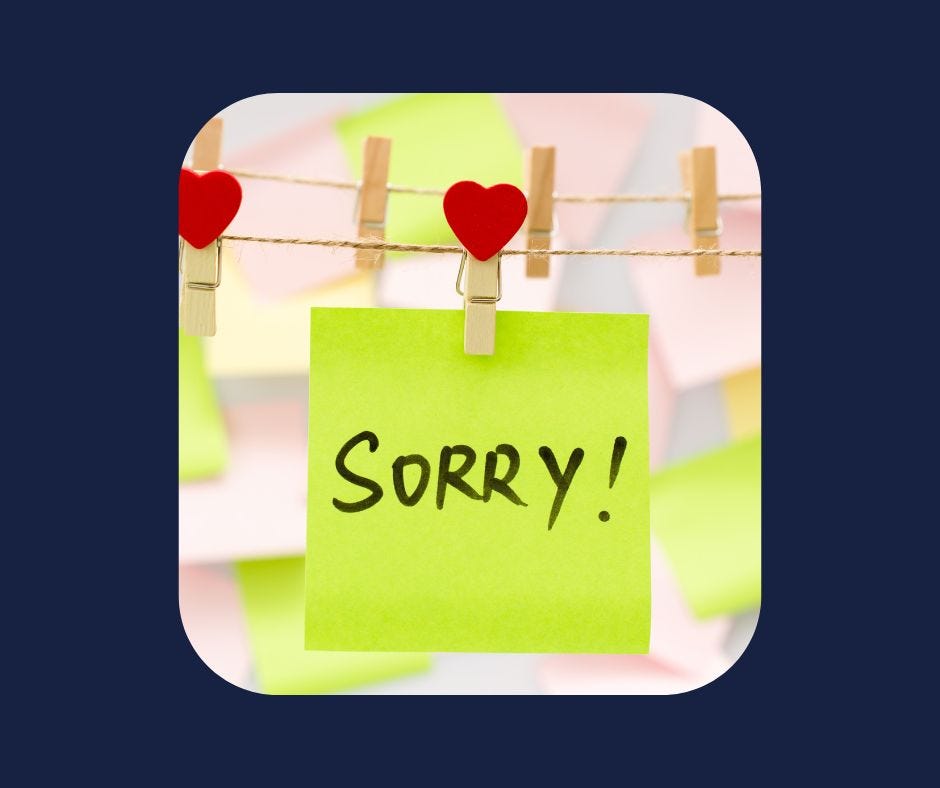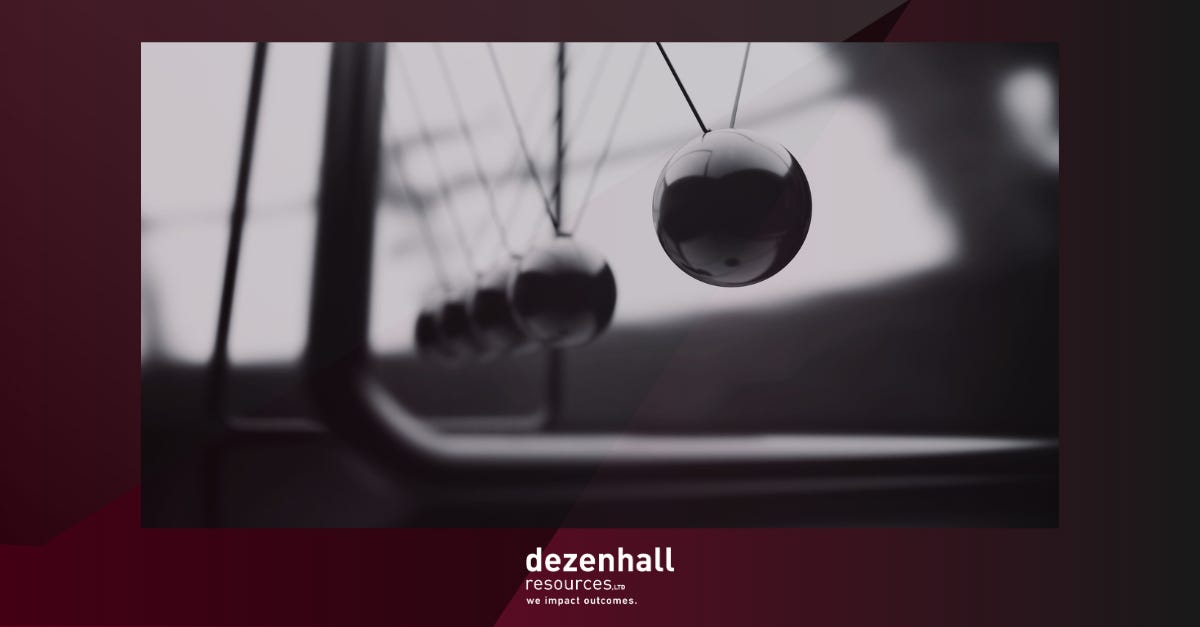How Sorry Are You? (Not Enough)
I feel like there has been an avalanche of books and articles about how wonderful apologies are, and I’ve taken to hate-reading them because of their sanctimony and self-celebration. My issue is not a personal resistance to apologizing when you’ve done something wrong; it’s the inability to see those apologies in the present tech climate are no longer apologies but debris blowing around in a storm. This is because the physics of the collision between old and new media are hostile to the very concept.

Journalists are incentivized to stir the pot. Algorithms are engineered to stoke outrage. It’s no wonder that apologies are sucked into the digital vortex, chewed up, and spit out by chronically online trolls who are always on the hunt for their next reason to be offended. Many social media platforms rank content by engagement. An apology that has a high comment-to-like-or-view ratio is likely to be pushed into the feeds of those who don’t even follow the apologizer, giving the offense even more eyeballs — and, therefore, the offended even stronger legs to run on. Since 2020, Meta has made a concerted effort to quit pushing controversial political content into people’s feeds, but what about this manufactured outrage and often-hostile cancel culture warriors?
Can the platforms really do anything about it, though? It is the mission of the offended to seek out social media in order to remain offended, which is aggravated by tabloid media that likes to headline articles with “___ Sparks Outrage.” No, it’s only sparking outrage because you want it to. This is at odds with pre-internet conflicts where the players usually sought to make something right, however difficult it was to come to that point.
In almost every case I have worked on in the social media era where a client apologized, the internet and legacy media ignited right after the apology. The claims were always similar. This apology is inadequate! Tone deaf! Too little too late! Not sincere! Not expansive! Too vague! Ham-fisted! Botched! A fuller apology is demanded, and when one is issued, it begets more outrage. Apology experts are invited to dissect the new apology with eyerolls and groans. Botched again!
The talking head media actually pre-qualify potential interview guests to be sure they will eviscerate the apology. The entire process is overdetermined because it is the function of social media to reject the apology in the same way that it is the job of the heart to pump blood. Meanwhile, apology fetishists are writing academic analyses on apologies without acknowledging that the most significant development in the enterprise is the hostile apparatus for processing them. Some of this is because the crisis management world, at some level, knows it is mostly powerless against larger forces. Hence, it compensates by responding to serious challenges by going full-throttle with insipid aren’t-we-nice communications. Hey, it’s better than defending oneself and risking more outrage.
What to do?
In short, less is more. There is no correlation between the eloquence of the apology and whether the controversy recedes, which is the aim of crisis management (Getting right with God is a separate endeavor). Nor is there a correlation between the volume of the apology — how much you say — and the controversy’s amelioration. In fact, sometimes, the more you say, the more there is to salvage. For example, it is normal for the apologizer to try to explain what had led them to err in the first place. In this climate, however, this tendency is flagged as an abomination as opposed to a very human part of the conversation. You’re trying to justify what you did! The reality is that no apology can survive the kind of analysis the modern era puts it through, so something brief and strong is better than something long and repeated.
In the world of corporations and institutions, apologies are best when there is some demonstration of pain, especially when the wounded party receives something in return. That’s right; the modern apology is largely transactional, and compensation, plus a demonstration of preventative action, must be a part of the package.
Most controversies can inch their way toward resolution with
1) an apology as the price of entry (which is all it is), 2) an acknowledgement of having inflicted pain, 3) some form of compensation for injuries inflicted and 4) a demonstration of action that will avoid a repetition of the problem.
Pleasing Twitter and The View isn’t part of this cocktail, so don’t forget — at some point — to shut up.

